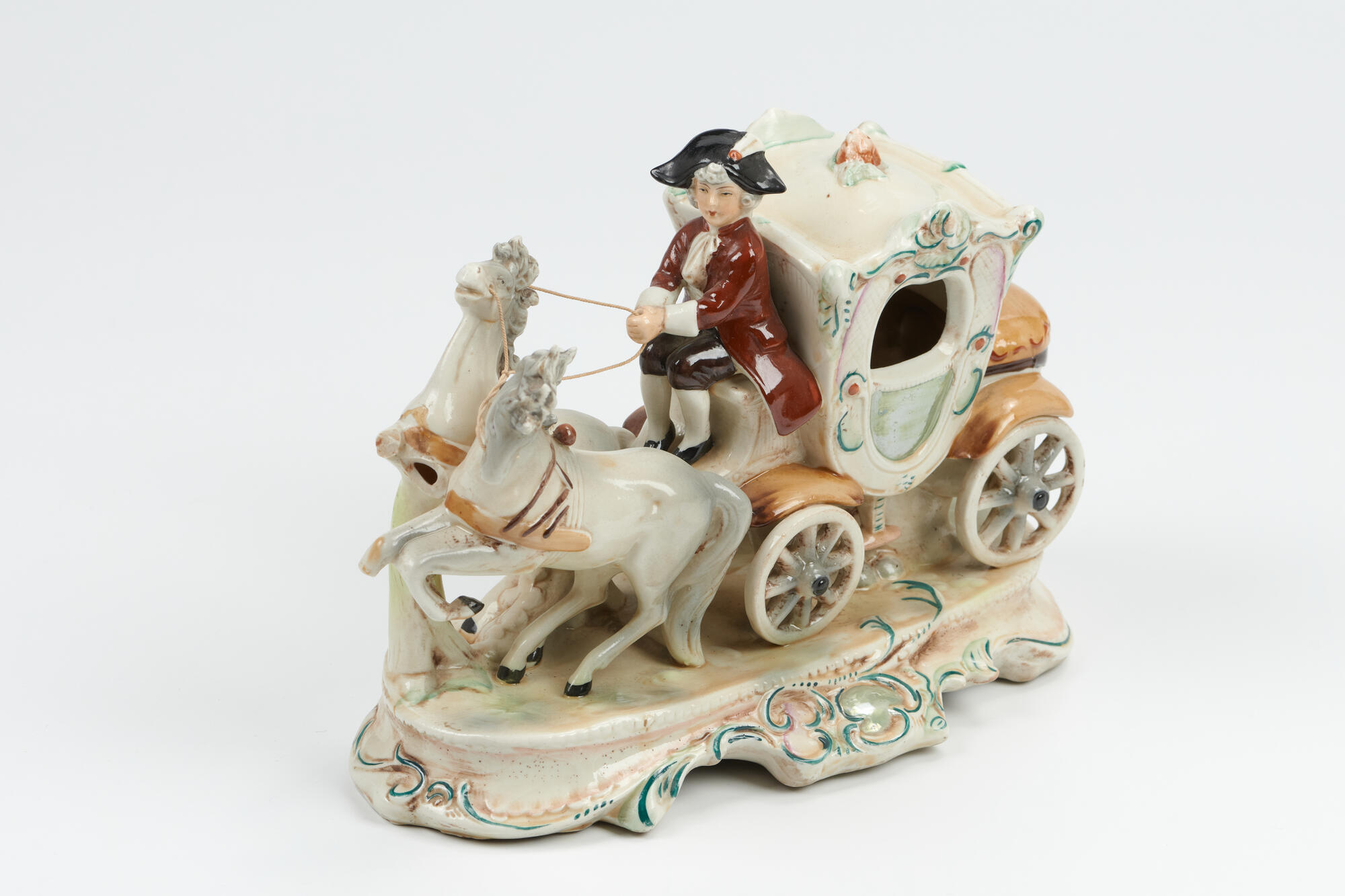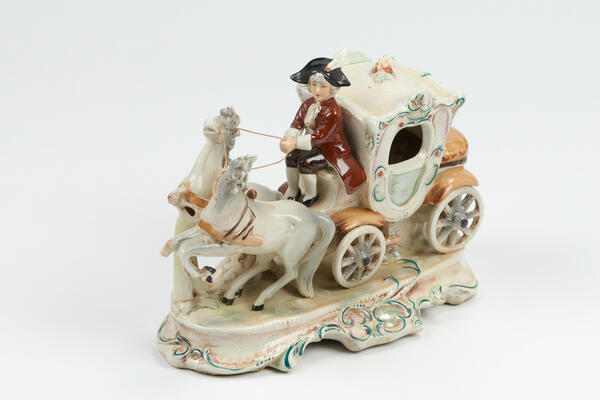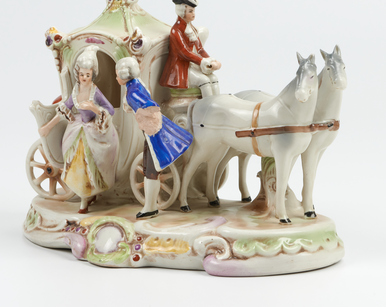Porcelain was first invented in China in the 8th century: for several centuries, porcelain items were produced here exclusively, and then were sent with trade caravans to Europe, Southeast Asia, Persia, and the Middle East. The true porcelain was white, had a thin transparent layer, and when tapped with a wooden stick, it made a ringing sound. For many years, the physicists and alchemists of Europe had been trying to find out the secret of the Chinese porcelain. But the materials that they were making were much more similar to faience or glass.
In 1708, physicists Ehrenfried von Tschirnhaus and Johann Böttger managed to create the European porcelain. The brand was named ‘Meissen’ — after the name of the city where the scientists worked. In the 18th century, porcelain was called white gold; and dishes, jewelry, busts, ashtrays, and other interior items made out of it were considered a sign of wealth and high status. Almost half of all porcelain products were manufactured in German factories. German production was thought to be the guarantee of high quality.
Porcelain dolls and figurines were affordable only to the very wealthy. Some bought porcelain toys for children, others collected them. The 19th century was the peak of the popularity of such products.
The ‘Carriage’ sculptural composition from the collection of the Yershov Museum Complex of Ishim City was created in the first half of the 20th century. It was the made by the artisans of the Carl Scheidig Porcelain Factory in Gräfenthal in Thuringia. Porcelain made at this factory wasn’t as famous as the Meissen one. Local enterprises had to withstand tough competition, so a lot of attention was paid to the development of an individual style and product range. The factory started to produce small plastic arts: multi-figure compositions, as well as animalier sculptures and petit genre. In 1930, the Gräfenthal factory products were available through art sales catalogues even overseas.
The Gräfenthall factories were nearly destroyed during the Second World War. After the division of Germany, they were ceded to the German Democratic Republic. For some time, export of products was allowed only to the socialist countries. In 1971 the state came into possession of the production facilities.
The composition belonged to the Izmaylov family and in 2005, a representative of the family donated it to the Museum.
In 1708, physicists Ehrenfried von Tschirnhaus and Johann Böttger managed to create the European porcelain. The brand was named ‘Meissen’ — after the name of the city where the scientists worked. In the 18th century, porcelain was called white gold; and dishes, jewelry, busts, ashtrays, and other interior items made out of it were considered a sign of wealth and high status. Almost half of all porcelain products were manufactured in German factories. German production was thought to be the guarantee of high quality.
Porcelain dolls and figurines were affordable only to the very wealthy. Some bought porcelain toys for children, others collected them. The 19th century was the peak of the popularity of such products.
The ‘Carriage’ sculptural composition from the collection of the Yershov Museum Complex of Ishim City was created in the first half of the 20th century. It was the made by the artisans of the Carl Scheidig Porcelain Factory in Gräfenthal in Thuringia. Porcelain made at this factory wasn’t as famous as the Meissen one. Local enterprises had to withstand tough competition, so a lot of attention was paid to the development of an individual style and product range. The factory started to produce small plastic arts: multi-figure compositions, as well as animalier sculptures and petit genre. In 1930, the Gräfenthal factory products were available through art sales catalogues even overseas.
The Gräfenthall factories were nearly destroyed during the Second World War. After the division of Germany, they were ceded to the German Democratic Republic. For some time, export of products was allowed only to the socialist countries. In 1971 the state came into possession of the production facilities.
The composition belonged to the Izmaylov family and in 2005, a representative of the family donated it to the Museum.



